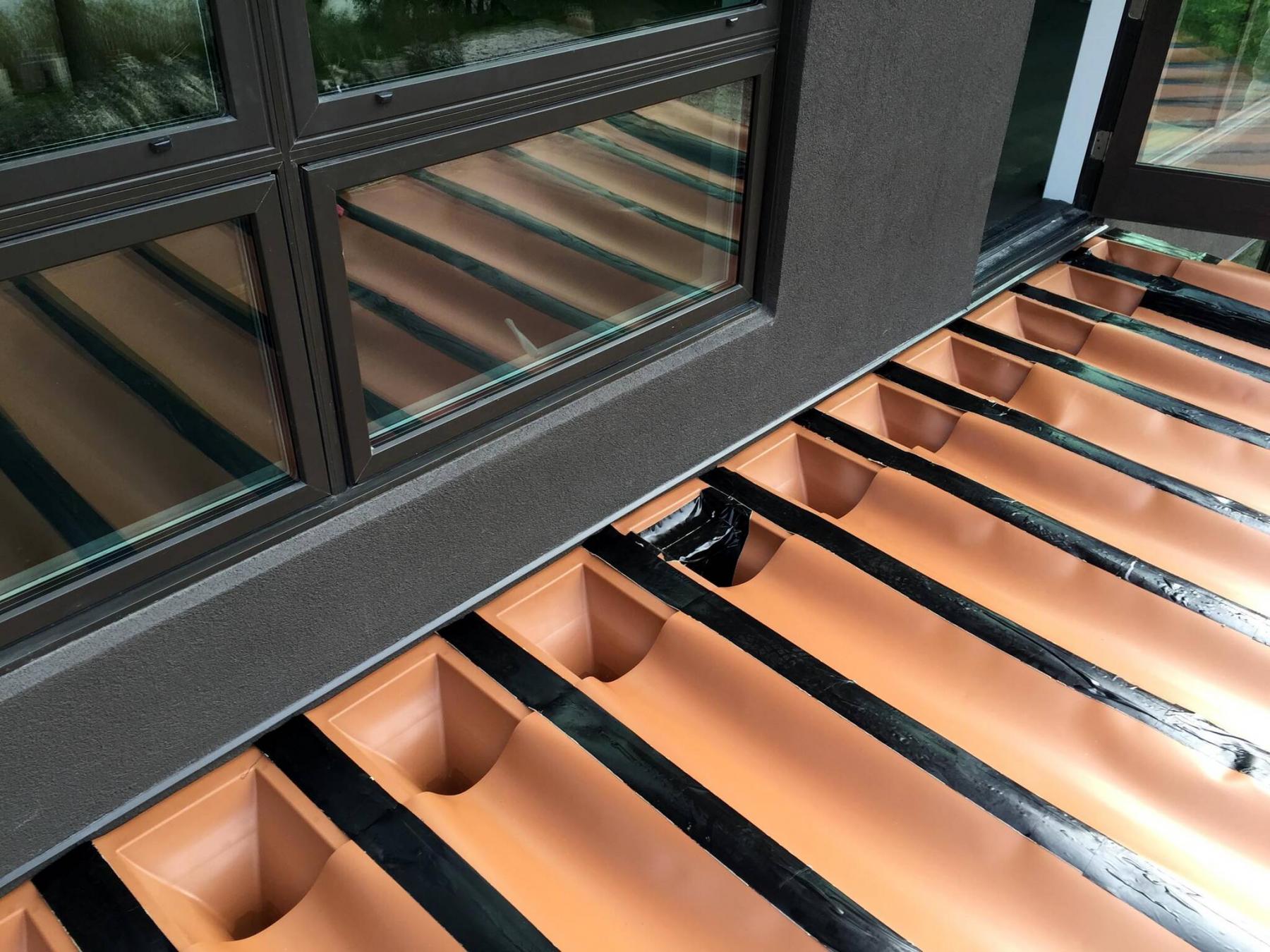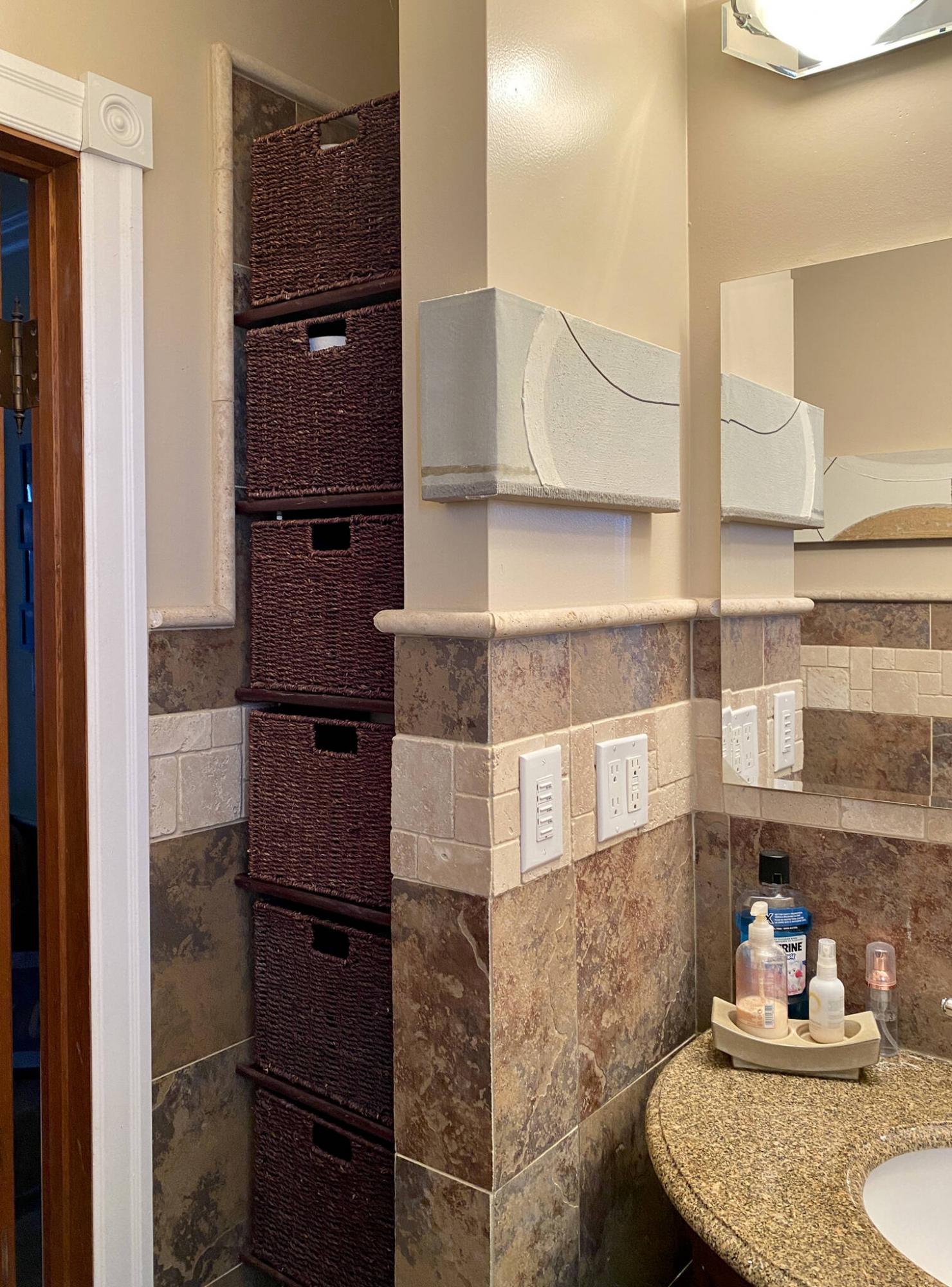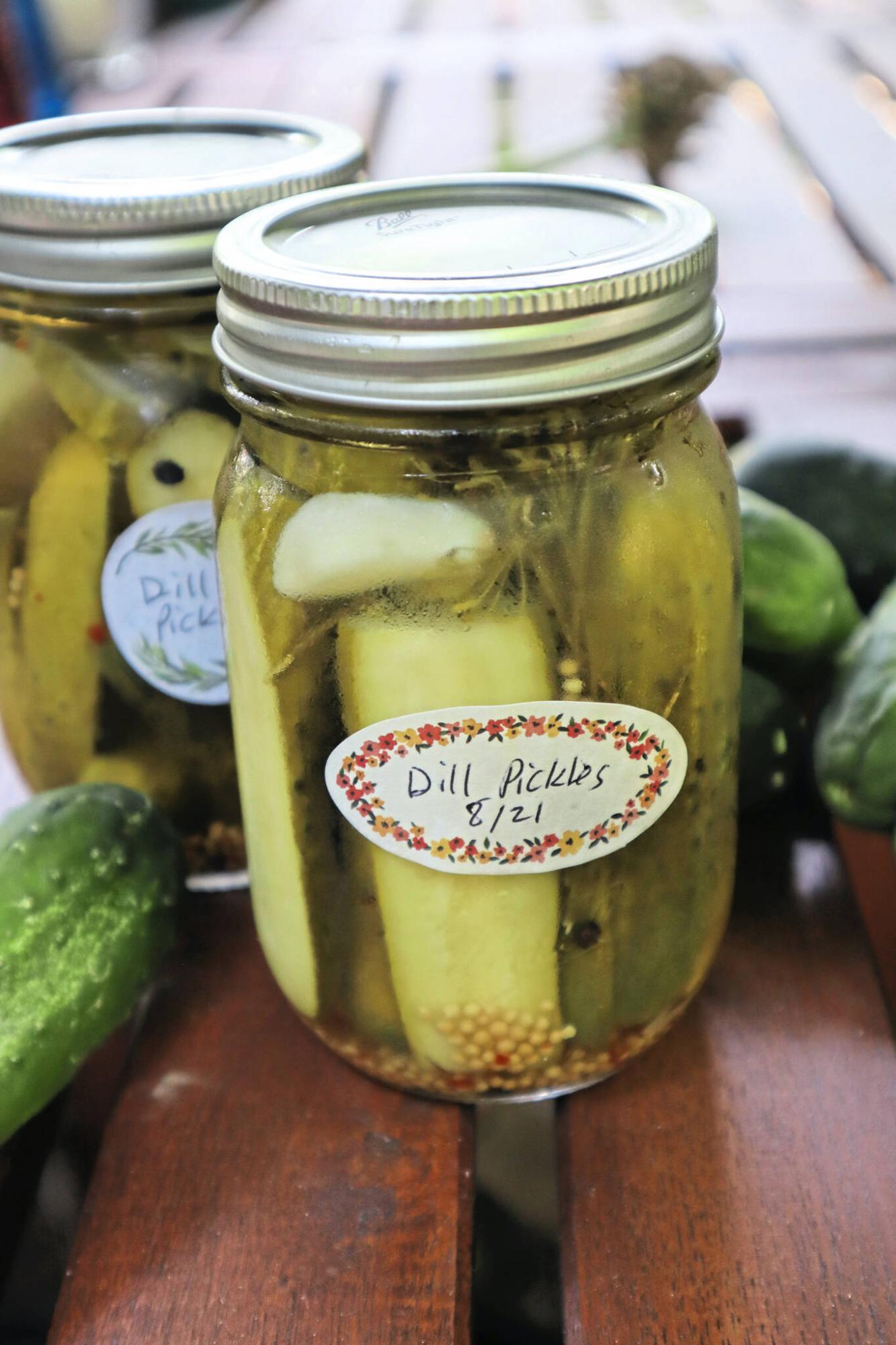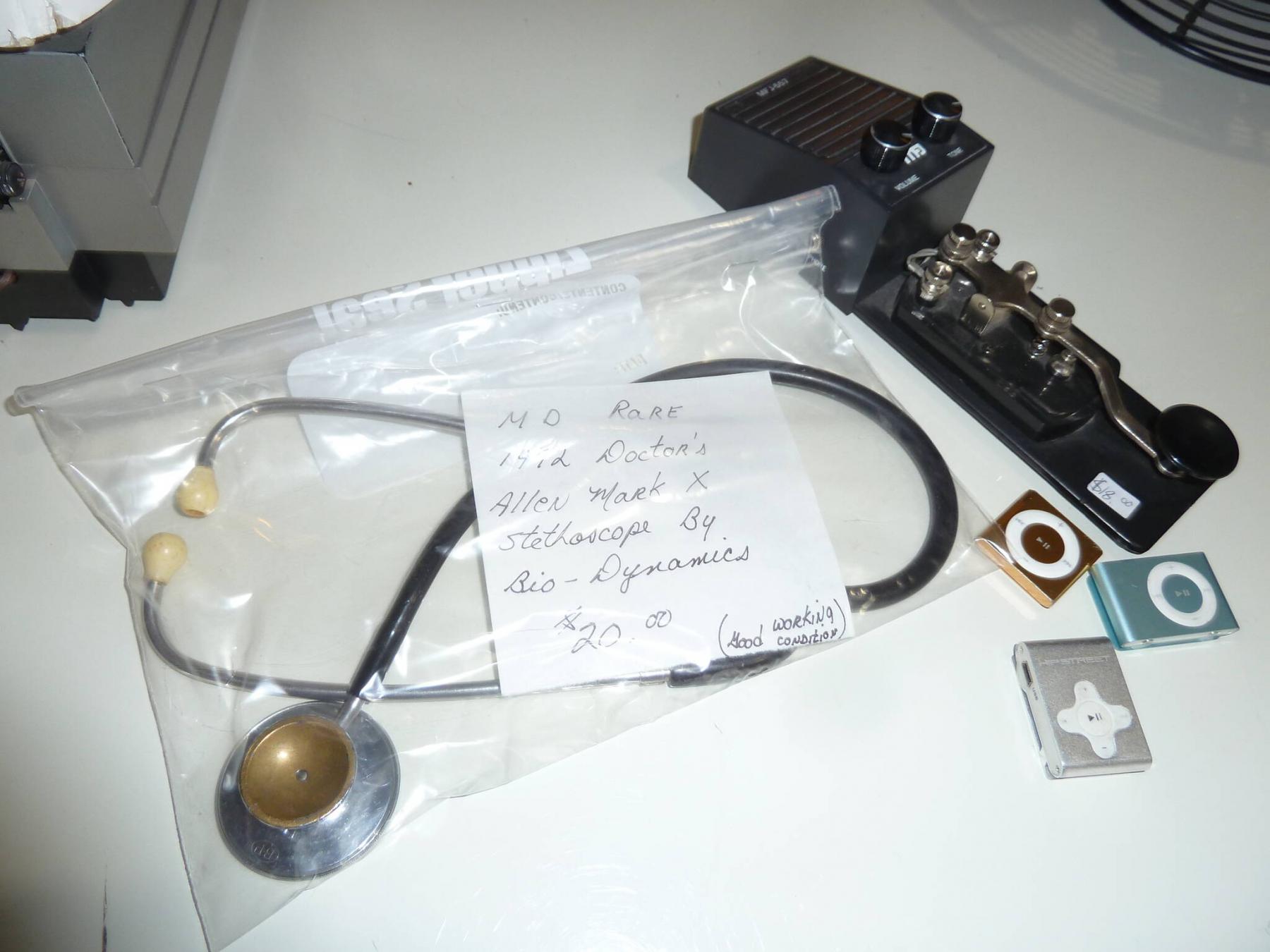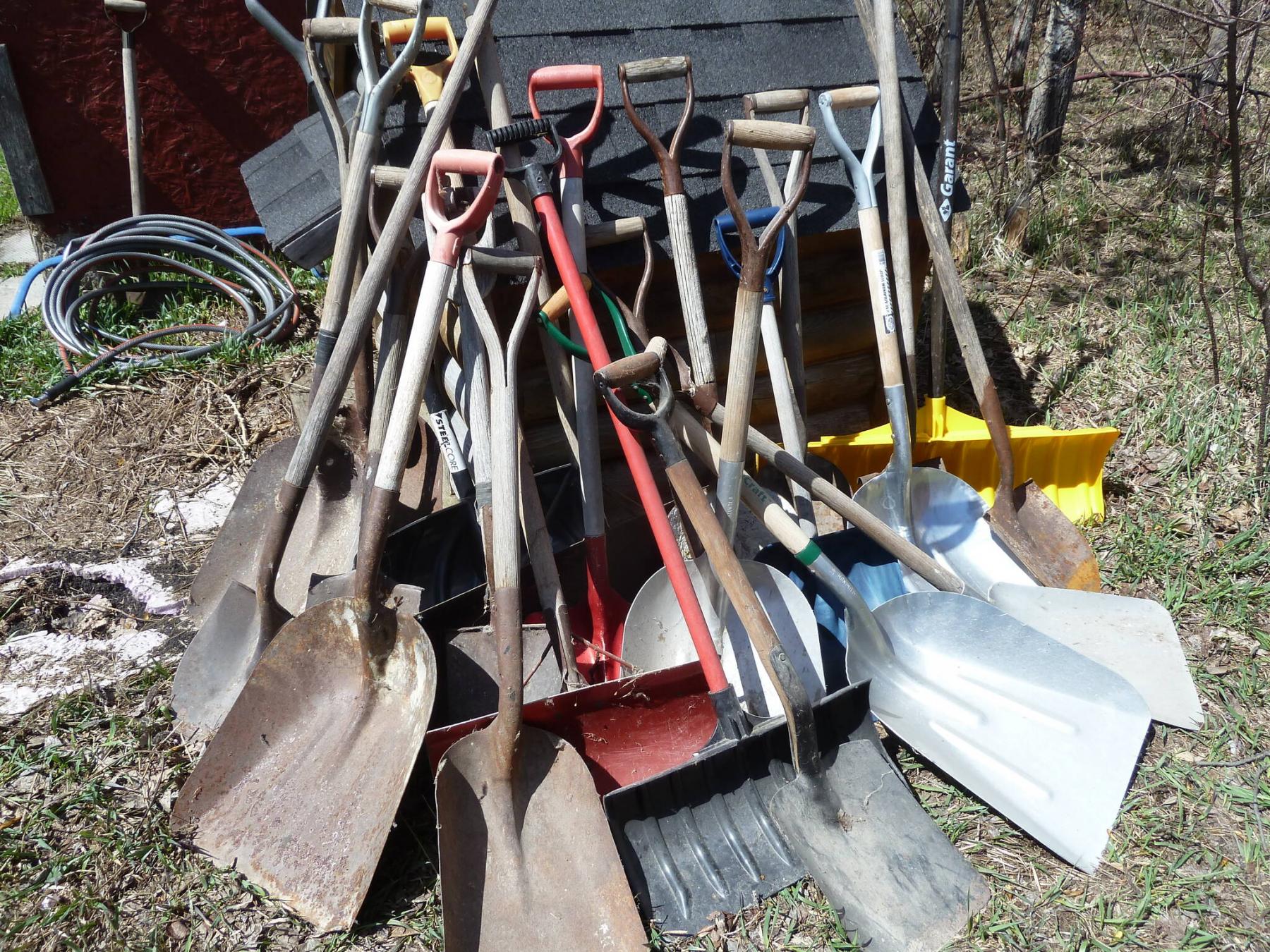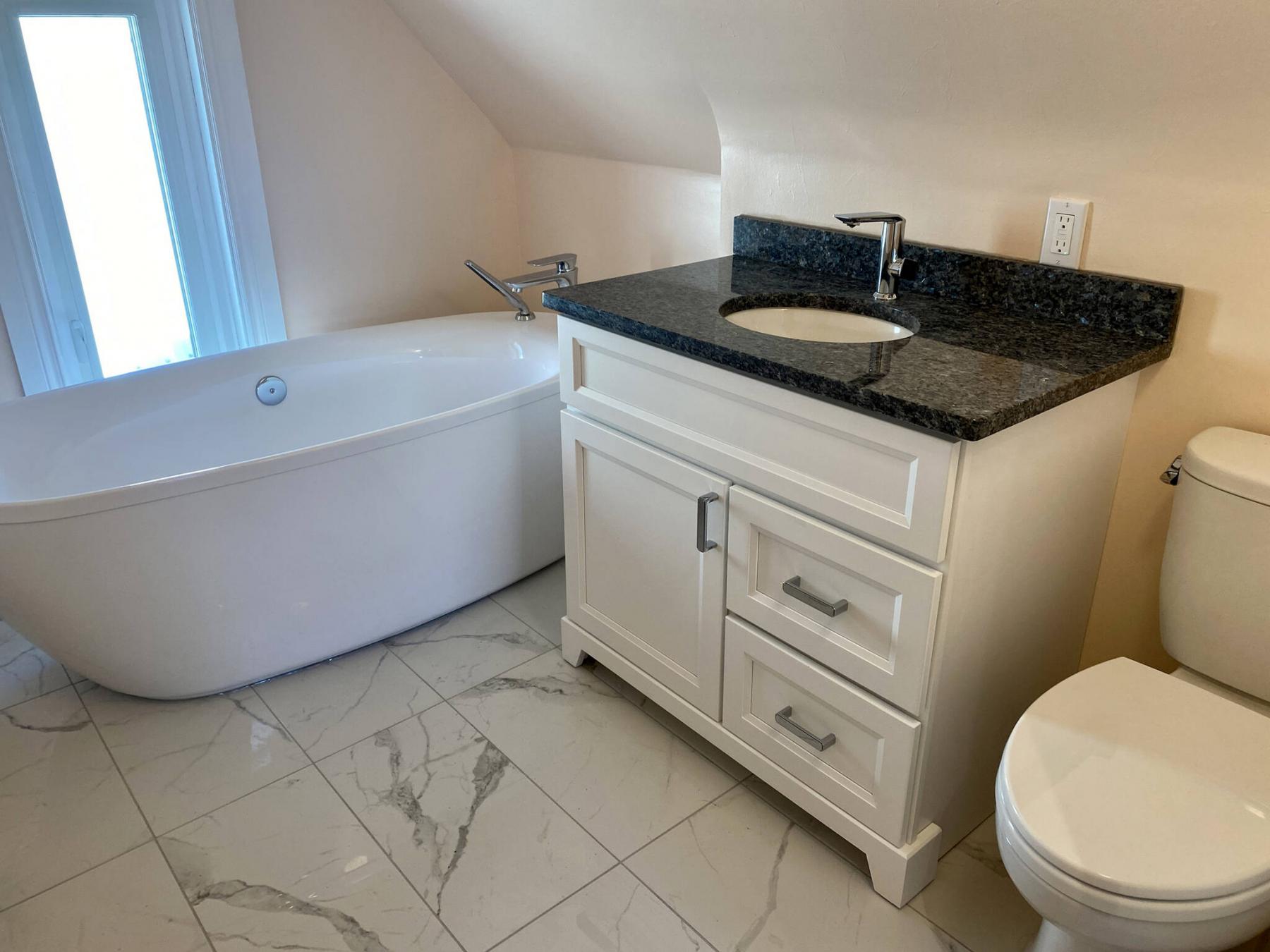Renovation & Design
Renovation & Design
Stud wall inside ICF foundation a good call
Question: I’m in the process of preparing to finish an ICF basement and was going to frame the basement with 2x4 finger-jointed lumber. The rationale is that I plan on being in this house for several decades and I want to have the flexibility to change things down the road. Who knows what technology will bring in 20 or 30 years, and what appliances or devices you will want to mount, and what power requirements might be? I want the flexibility to be able to run cables inside the walls, if required. I plan on using the finger-jointed material because they are much truer and straighter than traditional spruce studs.
So, I was going to frame the exterior walls over the inside of the ICF. I also plan to run all of the wiring cables within the framing and put in additional insulation before drywalling.
I’d appreciate your comments on what I’m proposing.
Thanks, Marc A.
Answer: Planning ahead and installing a complete 2x4 wall inside you ICF foundation should have no negative repercussions, but one issue may provide some questions. If and where to install a polyethylene air/vapour barrier may be a difficult decision and there may be debate about the necessity, even among building professionals.
Insulated concrete form (ICF) foundations are a modern method of using rigid polystyrene for insulating a concrete foundation wall, by providing that material as the forms for pouring the wet concrete into. Instead of removing the forms once the concrete cures, like traditional forms, it is left in place to form an insulated surface inside and outside of the foundation wall. That finished product, with embedded plastic ties and nailing flanges, may be covered on the inside with wall sheathing without any further framing or air/vapour barrier. Due to the unique design, with foam on both the exterior and interior surface, the concrete will be warmer in winter than a typical concrete wall. That property, and the polystyrene inside layer, will eliminate the possibility of condensation inside the foundation, and negate the need for installation of standard 6MIL polyethylene on the studs, before the wall covering.
While it is not a requirement, there is no reason not to frame an entire stud wall inside an ICF foundation, except for the loss of the few inches of extra space inside the perimeter of your basement. The benefits are well laid out in your question. That extra few inches of wall cavity make it much easier for installation of electrical wires and components, as well as many other parts of typical systems. The one main drawback of using ICF for a proposed finished basement is the need to cut out the foam for installation of electrical wires, light and receptacle boxes, and any other components desired inside the finished perimeter basement walls.
By installing a traditional 2x4 stud wall inside the foam-covered foundation, you will create an excellent space for running not only any electrical components, but low voltage cables for some alarm, sound system, and other home components. Also, if you are planning to add a basement bathroom, wet bar, laundry sink, or other components requiring plumbing, you will make that job much easier, as well. It will be possible to run water supply piping inside an exterior wall without the risk of frozen pipes. While this may have also been possible by gouging out channels in the ICF foam, that would have required added damage protection. Metal protective plates, or similar items, would have been required over water pipes and wires that would have been subject to damage from wall fasteners, due to the proximity to the front face of the wall covering. With a full stud wall, there will be plenty of depth to drill holes and mount any of those components out of the reach of screws or nails used for attaching the drywall.
Insulating the new walls will also not be necessary, but will be a good idea to provide maximum thermal protection and keep heating bills to a minimum. I suspect that you are planning on using friction fit fibreglass or mineral fibre batts, for that purpose. While those provide very limited air/vapour intrusion protection, the inclusion of a thin layer of plastic sheathing inside the studs should not be necessary to prevent warm air intrusion from the home. While warm air may penetrate this wall cavity, the chances of excessive cooling and condensation are minimal, because of the double layer of integral foam sheathing in the ICF. Having foam on both sides of the foundation will prevent loss of heat from that rigid wall to the exterior, keeping the concrete relatively warm, even in the dead of winter. The design, with the foam directly connected to the inside of the concrete, will also prevent a significant amount of warm air from penetrating the finished foundation wall. Both of those properties combined are the reason why 6MIL poly is not normally required by the manufacturer, prior to installation of wall coverings.
There may be some contractors or building officials who disagree with this omission, in some jurisdictions, so be prepared to defend this position. A case may be made by following the ICF manufacturer’s specs, as they should have tested their product according to various Standards for air permeability and other criteria. Regardless, there may always be some debate when newer building products are introduced to professionals used to building in a certain way.
Your decision to build a complete stud wall inside your ICF foundation does have merit in allowing additional insulation and a better cavity for installation of electrical, plumbing, and other components. While a 6MIL poly air/vapour barrier should not be necessary for inclusion in the wall assembly, opinions from some in the building industry may be contrary.
Ari Marantz is the owner of Trained Eye Home Inspection Ltd. and a Registered Home Inspector (RHI)(cahpi.ca). Questions can be emailed to the address below. Ari can be reached at 204-291-5358 or check out his website at trainedeye.ca.
trainedeye@iname.com
Renovation & Design
Clean parka collar with baking soda and a stiff, damp brush
Question: The only part of my parka that needs cleaning is the collar, where my face/makeup has rubbed on it. How can I clean that without having to clean the entire coat? It is down-filled. Thanks, Anna
Answer: Dampen a stiff brush, and dip it into baking soda. Gently brush the collar, then wipe with water. Air dry.
Question: How can I get rid of sowbugs? We have several in our house every day. Thank you, Roger
Answer: Sow bugs typically show up in places where moisture and humidity are high. To find out where sow bugs are entering, look near, or inside, floor drains or nearby damp wood such as panelling or baseboards. Also, check underneath cardboard boxes.
Caulk openings and install weather stripping wherever needed. A perimeter pesticide spray may help break the cycle for a brief time but will not eliminate the problem permanently. Remember, if you do not solve the moisture problem, the bugs will return no matter which chemicals you use. You may reduce the population by sprinkling a small amount of diatomaceous earth, boric acid or borax and icing sugar around the house and in cracks (toxic for pets and small children). Also, note that damp or wet mulch will encourage insects, especially if it is not kept below the level of the building siding or stucco. Often pest control professionals suggest keeping mulch levels low around foundations. A dehumidifier and lots of proper ventilation help.
Question: Little bugs are getting into my kitchen drawers. Any solution, other than toxic sprays would be welcome. Thanks, Armin
Answer: Clean drawers with dish soap and water. Dry and then place bay leaves inside drawers, to keep bugs away.
Question: All of my mom’s clothing at her personal care home is labelled with her full name and room number. Some items are no longer suitable but in otherwise perfect condition. I am not comfortable donating these items with her personal information on the labels, but I am having a dickens of a time trying to remove the labels. Hope you have a solution! Celine
Answer: To remove the labels, begin by lifting a corner of the label and heating it with a hairdryer. This works well to loosen the glue, making it easier to peel the label off. If that doesn’t work, other useful products to remove gluey labels include citrus oil, rubbing alcohol, Goo Gone or, if you are desperate, WD-40. Spray the product onto the label and leave for 15 minutes then peel off the label. Afterward, soak the fabrics in dish soap and water to wash away the odour. Test all solutions in an inconspicuous area first.
Question: What is a dummy doorknob? Martha
Answer: Fake doorknobs that don’t have working parts. These are installed in areas such as French doors or small cabinets.
Interesting idea
I have switched from using dishwasher detergent to vinegar in my dishwasher. I pour one cup into the machine and run it as normal. May not work with all types of water but works well with Winnipeg water. Andy
Drill a hole in a wine cork and use it to close off open caulking tubes. Stanley
Easy salad dressing recipe
Keep a few ingredients on hand so that you can stir up homemade dressing without much notice. Blend the following until smooth: three tablespoons of red wine vinegar, 1/3 cup olive (canola or vegetable) oil, one tbsp. Dijon mustard, 3/4 teaspoons of minced garlic, 1/2 tsp. salt and 1/2 tsp. pepper and two tbsp. water. Pour onto lettuce. Add flavour to the salad by including baked, sliced almonds, red onion, and/or crumbled blue or Gorgonzola cheese.
Note: Every user assumes all risks of injury or damage resulting from the implementation of any suggestions in this column. Test all products on an inconspicuous area first.
Have a great suggestion or tip? Please send an email. Reena Nerbas is a popular motivational presenter for large and small groups; check out her website: reena.ca.
info@reena.ca

